Boston Dynamics is a robotics company known for creating robots capable of impressive motor skills. The company was founded in 1992 as a spin-off from the Massachusetts Institute of Technology (MIT) and has gained significant recognition and popularity for creating robots that exhibit remarkable mobility, dexterity, and dynamic movements.
The company’s robots are often characterized by their lifelike and animal-inspired designs, as well as their impressive capabilities. Some of Boston Dynamics’ notable robots include:

Spot, Courtesy of Boston Dynamics
Spot: A four-legged robot that can walk through various terrains, climb stairs, and navigate challenging environments. Spot has been utilized in industries such as construction, inspection, public safety, and entertainment.

Handle, Courtesy of Boston Dynamics
Handle: A robot that combines wheels and legs to achieve efficient mobility. Handle is designed for warehouse and logistics applications, enabling it to move and transport objects with agility and precision.
Atlas, the humanoid robot, has been performing feats that rival the other creations of the company, and nowadays, among its multiple abilities, Atlas has been assisting in construction sites. In this recently released video by the company, Atlas showcases its locomotion, perception, and athletic skills by delivering a toolbag to a person waiting at the top of a multi-story scaffold and even pushing a cargo box from its position.
Atlas grabs, carries, and throws the toolbag, climbs stairs, jumps levels, and flips a large wooden block before dismounting with an inverted 540-degree flip that the project engineers have named the ‘Sick Trick’.
Boston Dynamics explains that the robot’s extraordinary ability goes hand in hand with its ability to understand the needs of its environment. The robot needs to know how to respond to its surroundings, so the team behind its creation manages it to let it know how to perceive its environment and avoid obstacles.
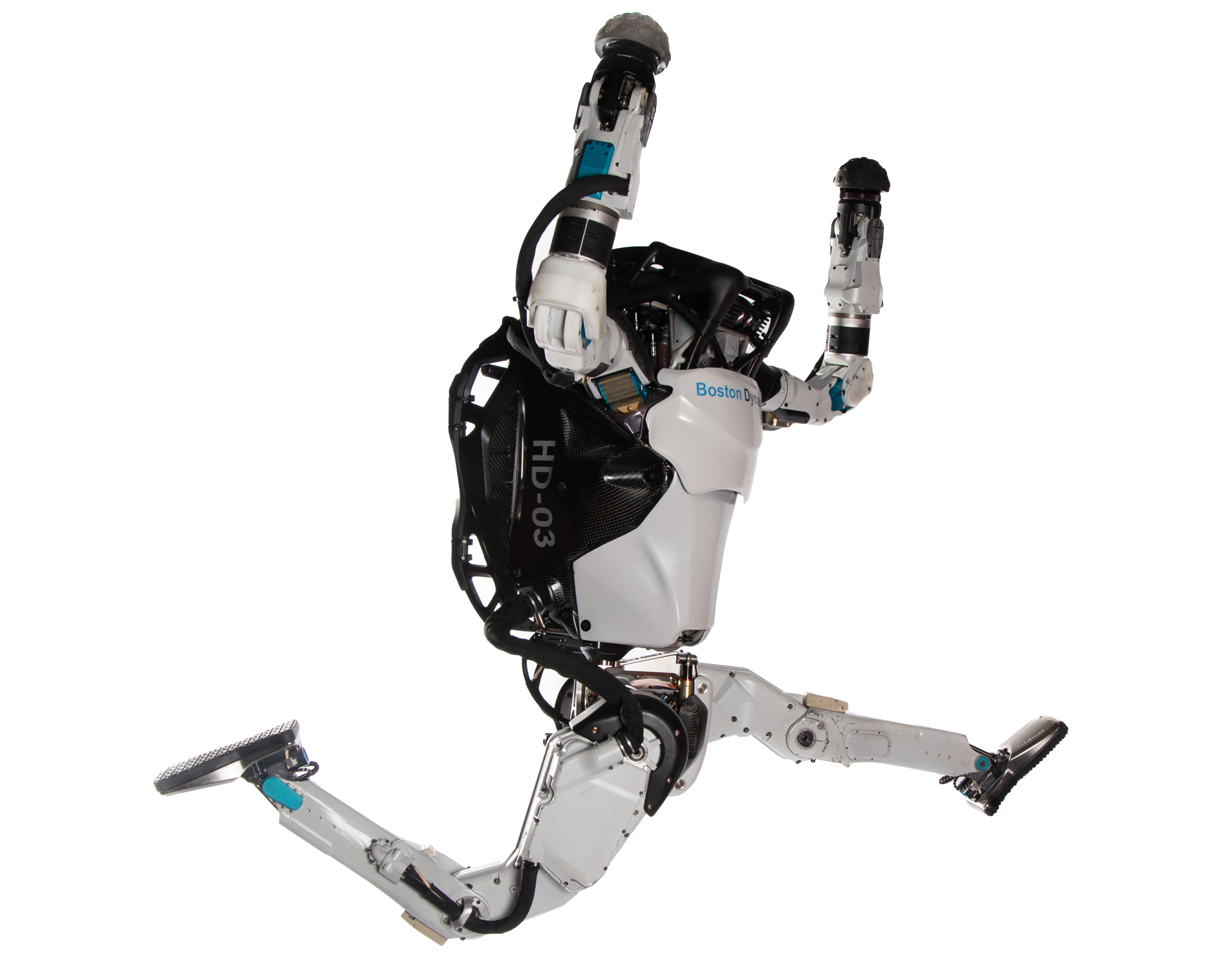
Atlas, Courtesy of Boston Dynamics
Atlas: A humanoid robot designed for mobility and manipulation tasks. Atlas can walk, run, jump, and perform complex movements. It has been used in research and development projects, including the DARPA Robotics Challenge.
Ben Stephens, control lead at Boston Dynamics for Atlas, explains: “It’s important to us that the robot can perform these tasks with a certain amount of human speed. People are very skilled at these tasks, so significant improvements have been made to the control software.”
Using a claw gripper, Atlas picks up and manipulates a wooden plank to create a bridge for itself onto the scaffold. Then, it picks up a toolbag, runs onto the scaffold, spins around, and throws the toolbag to the construction worker. After that, it pushes a wooden box off the scaffold and performs spins and twists until it reaches the ground.
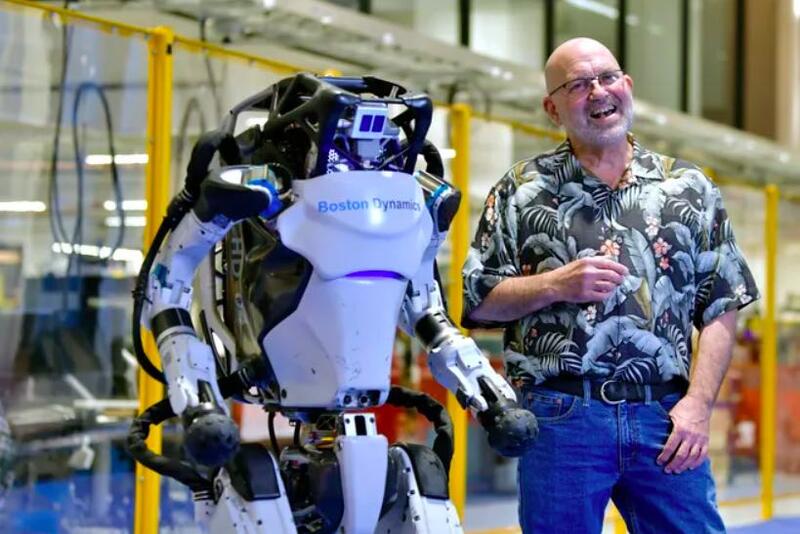
Atlas, the humanoid robot, and Benjamin Stephens
“We are adding new capabilities,” said Ben Stephens. “Parkour and dancing were interesting examples of quite extreme locomotion, and now we are trying to build upon that research to also achieve meaningful manipulation. It is important for us that the robot can perform these tasks with a certain level of human speed. People are very skilled in these tasks, so it has required some significant improvements in the control software.”
The advancement of technology and robotics raises the possibility that robots could replace humans in various tasks and roles in the future. While robots have demonstrated impressive abilities and improvements in their locomotion, manipulation, and perception capabilities, there are still significant challenges that need to be addressed. Human interaction, complex decision-making, empathy, and creativity are distinctive characteristics of humans that are difficult to replicate in machines.


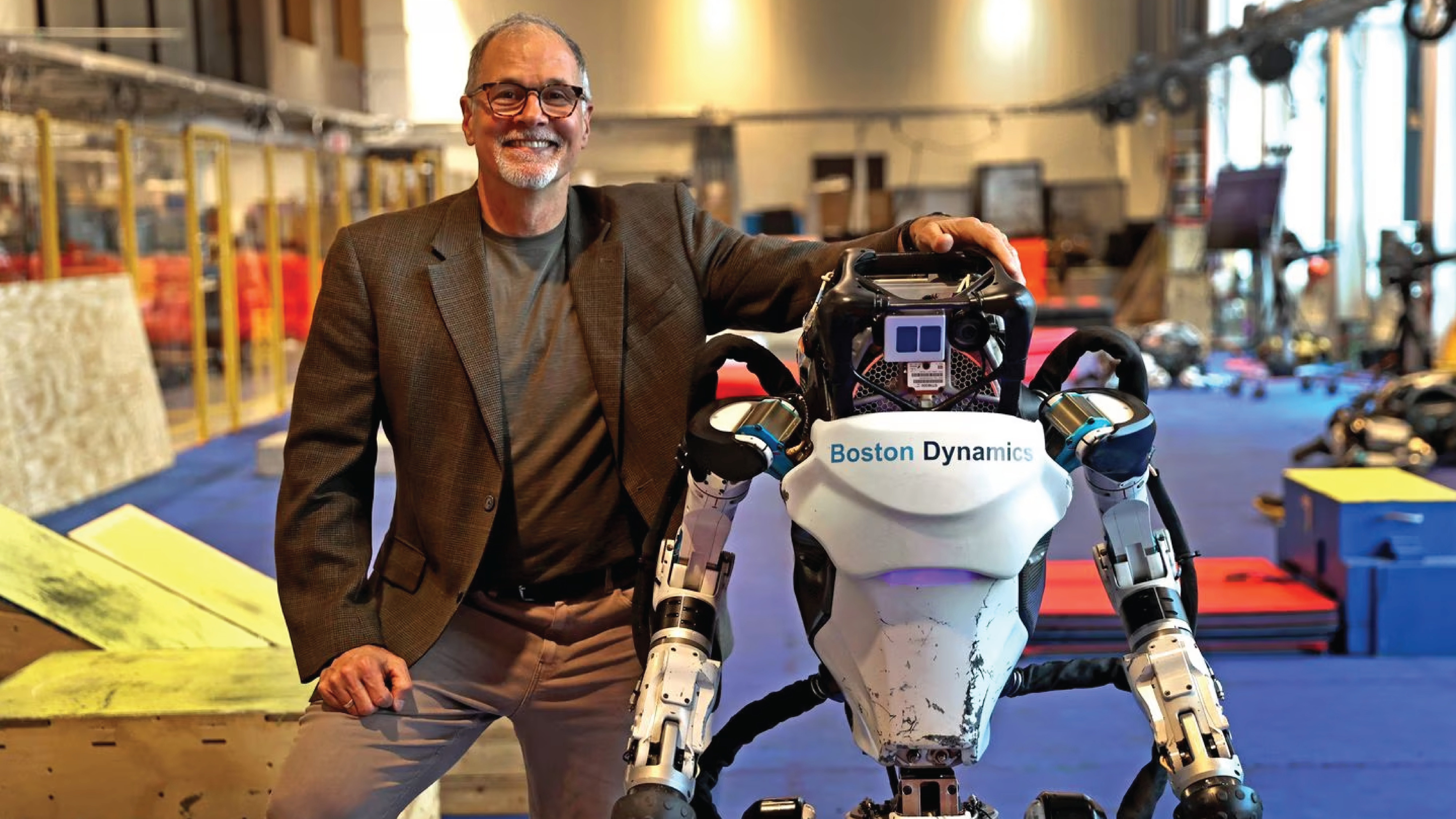
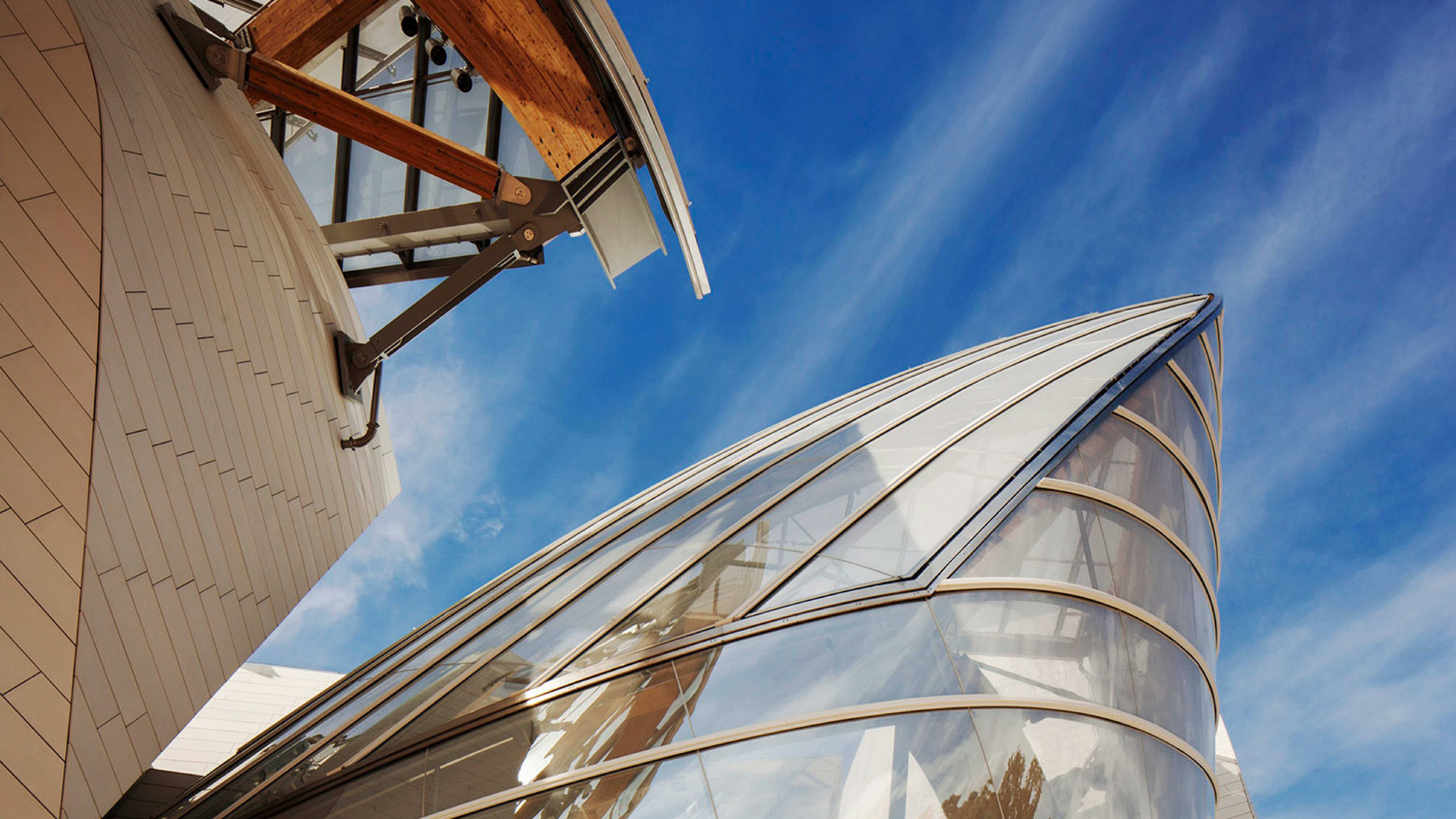
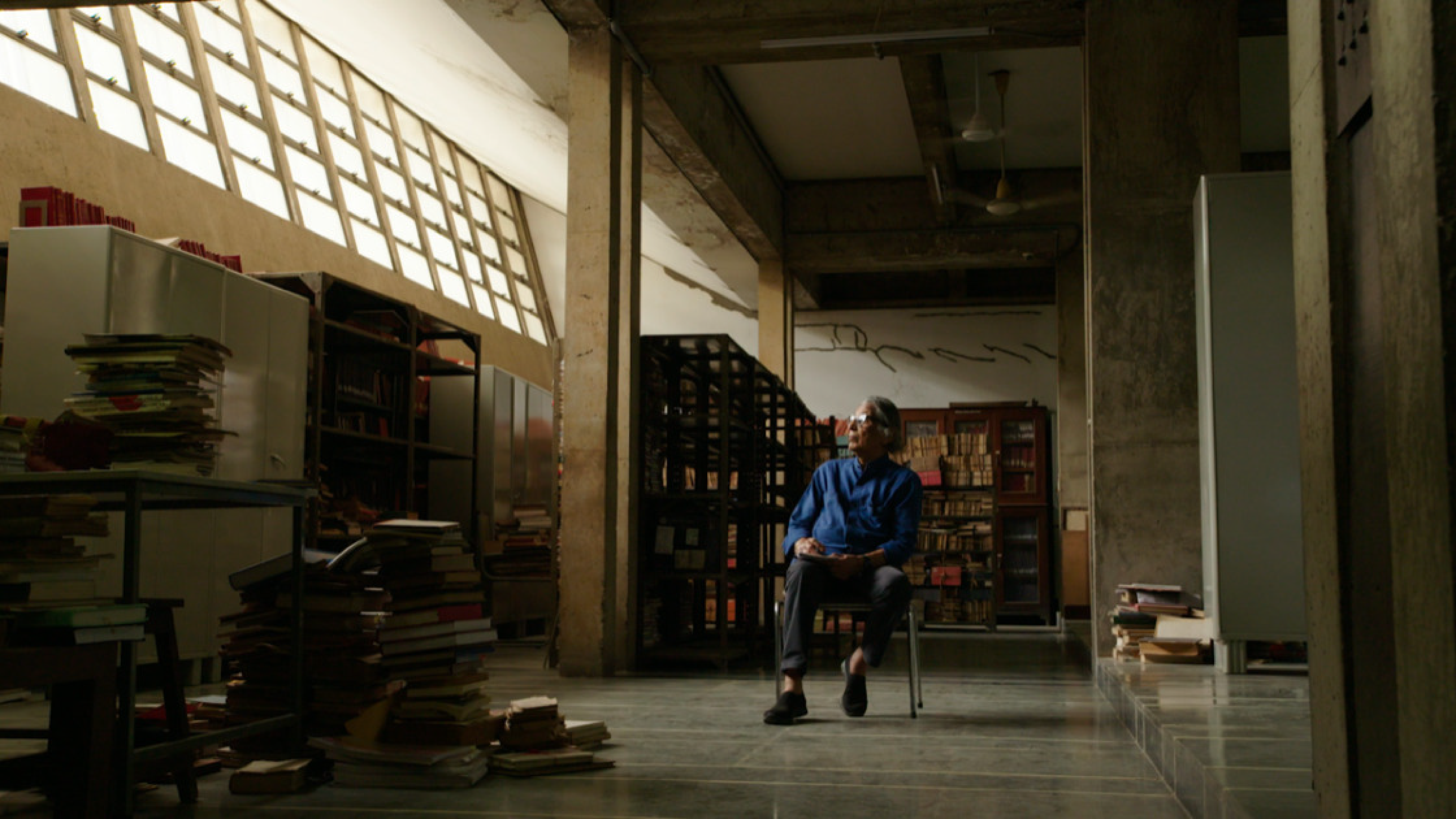
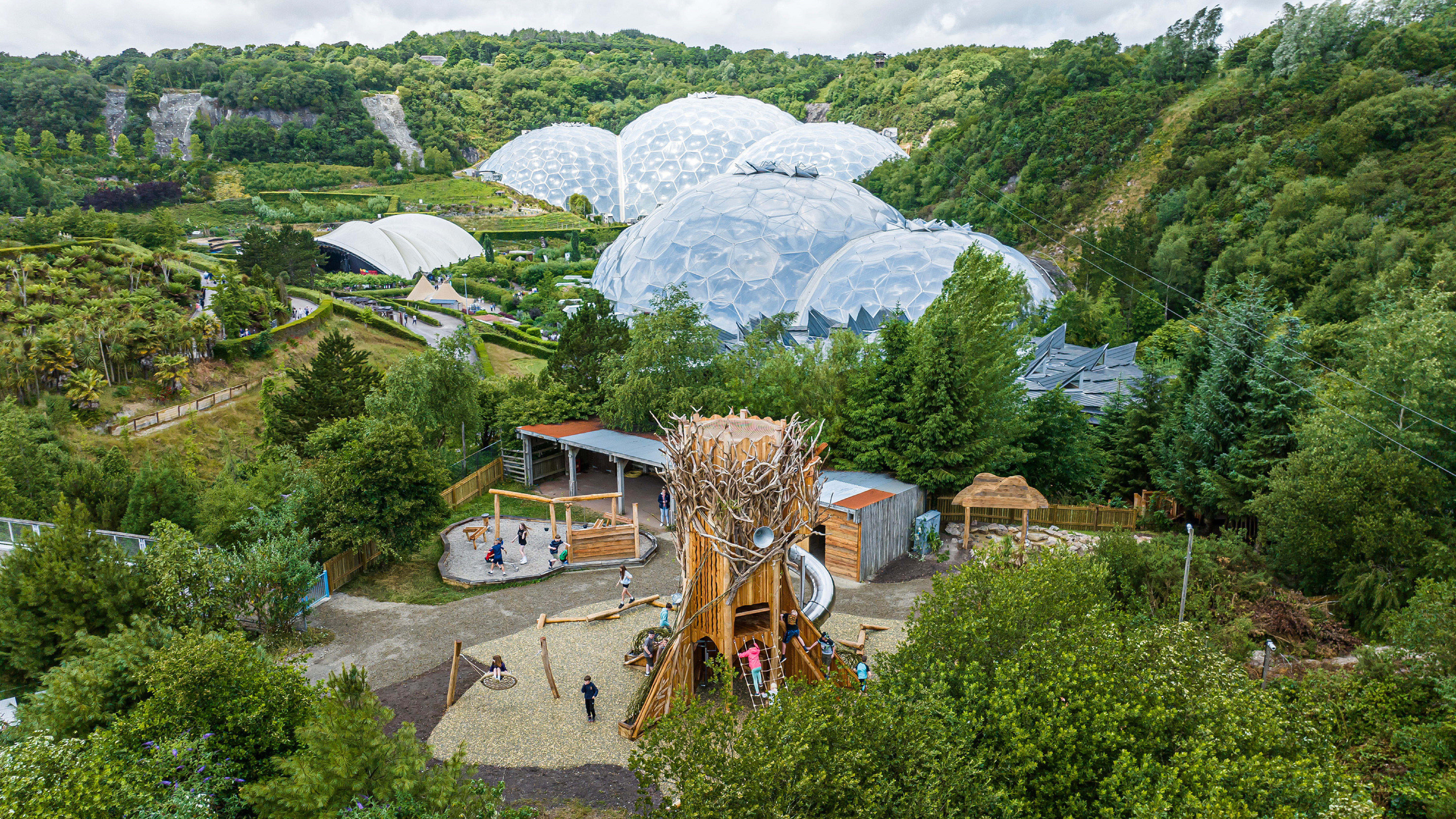
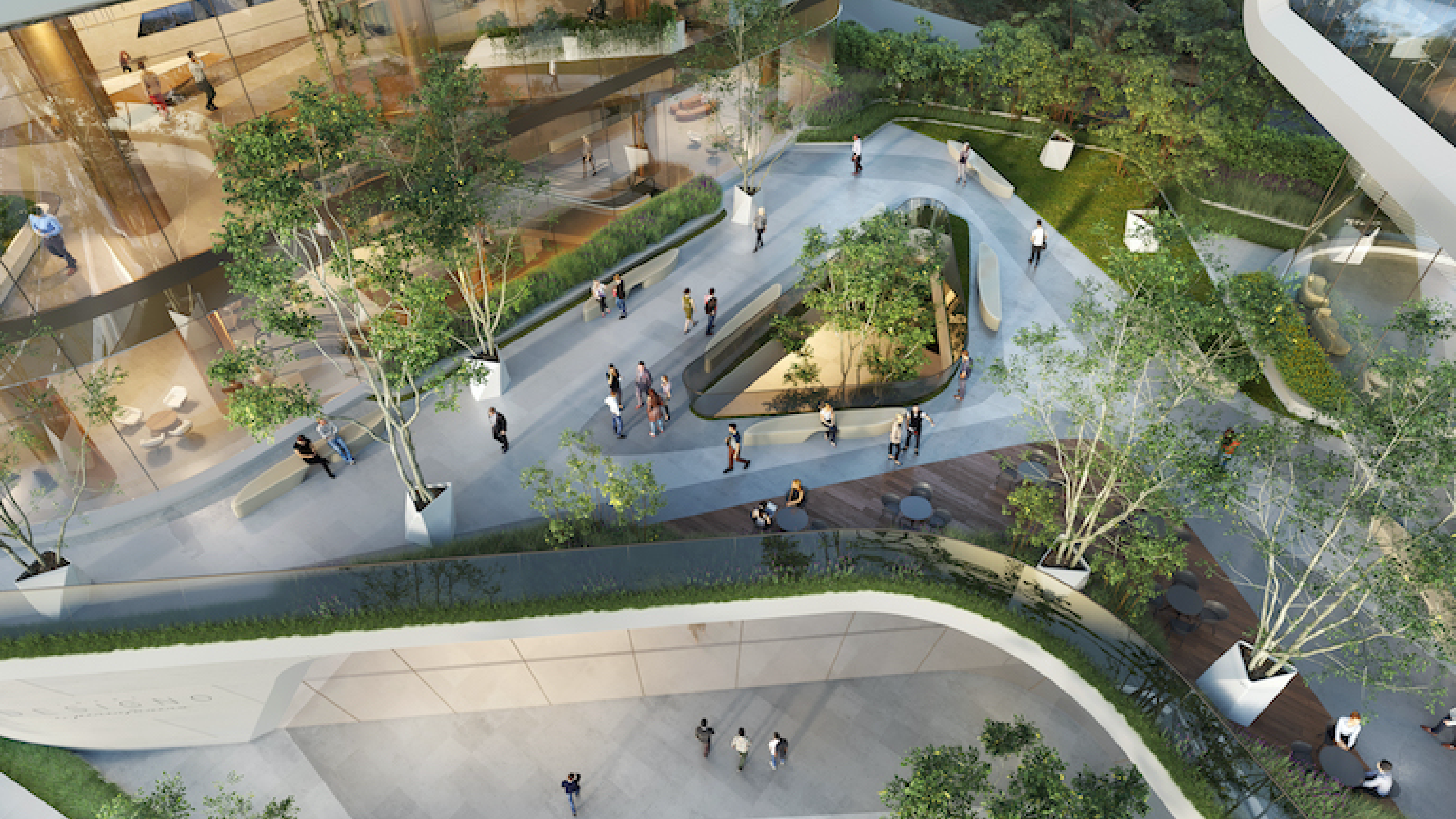
Leave A Comment